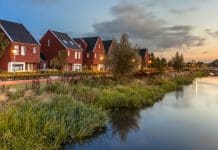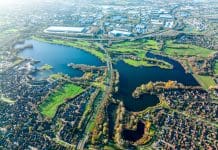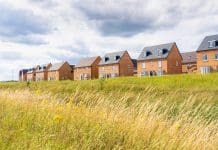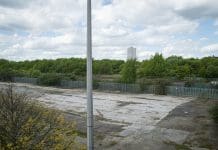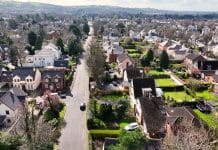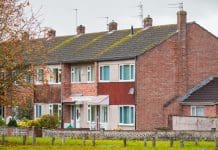New towns, new wording for the National Planning Policy Framework (NPPF) and a new taskforce to accelerate stalled housing sites. These are just some of the policies that Labour hopes will bring fresh impetus into a planning system that many argue simply isn’t working
But while we all love shiny new things, perhaps we need to take a step back and look at what we’ve already got to deliver ambitious housebuilding targets.
Cities like Nottingham, Sheffield, Newcastle, Cardiff, Bristol, Exeter and Glasgow often go under the radar when we discuss housing need, with the conversation often dominated by their larger cousins London, Birmingham and Manchester due to their huge demand.
Various studies by the Centre for Cities, Institute for Public Policy Research and European Commission have consistently illustrated how the majority of those regional cities have lower levels of economic output per person compared to their European counterparts due to a lack of infrastructure, skills and innovation, resulting in a lopsided and unproductive UK economy.
However, these areas already have established public assets that means they could accommodate many of the 1.5m homes the Government wants to build over the next five years. Bringing new investment via development and regeneration could also kickstart local economies and contribute to growth in national GDP.
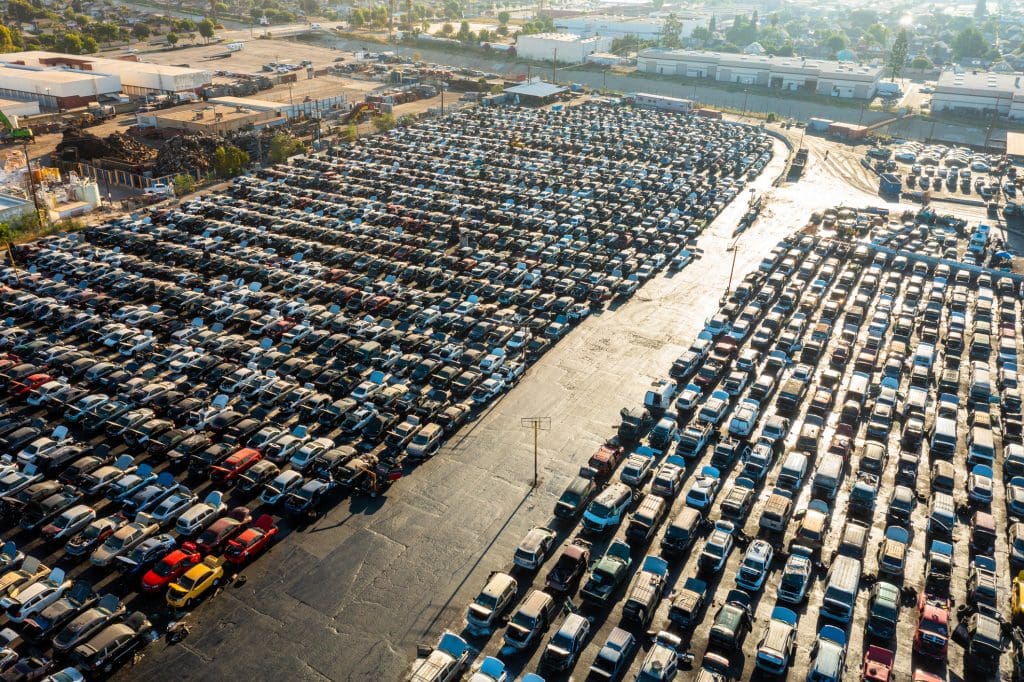
Defining the grey belt
So where would all the homes go? In its proposed planning reforms, which are open to consultation until 24 September, the government states that “we need to make sure we are building in the right places”.
The revised NPPF continues to underscore the importance of prioritising brownfield sites for redevelopment, and expands the current definition of brownfield land to include hardstandings and glasshouses.
These sites, having already been previously developed, are regarded as the first step to addressing the housing needs without encroaching untouched land.
However, previous analysis by Knight Frank found that 11,000 pieces of previously-developed land – another term for brownfield – nationally can realistically only accommodate 200,000 new homes.
The government acknowledges brownfield alone won’t deliver sufficient housing supply and accordingly there is likely to be a need to release some land from the green belt. The proposed NPPF therefore introduces a new category that bridges the gap between brownfield and green belt – grey belt.
The idea of poorer quality green belt has for a long time been part of the planner’s understanding but without any legal stamp. By establishing a definition of grey belt, local planning authorities are likely to find it easier to strategically release certain poor-quality parcels of land that aligns with sustainable development principles.
The proposed updates to the NPPF define grey belt as “land in the green belt comprising previously-developed land and any other parcels and/or areas of green belt land that make a limited contribution to the five green belt purposes”. However, it excludes sites with other designations such as habitat sites, local green space, areas of outstanding natural beauty, irreplaceable habitats and designated heritage assets. The consultation will determine the precise criteria.
Examples of land that could be defined as grey belt may include – as suggested by industry commentators – land occupied by a permanent structure not captured by the current definition of previously-developed land, such as agricultural and forestry buildings; land on the edge of urban areas that’s been used for recreation, such as golf courses; and land shaped by transport infrastructure or non-agricultural human activity, such as pony paddocks.
Again, though, this type of land only holds so much potential, not only in terms of availability but also viability, given the higher costs involved with transforming previously-occupied sites.
Therefore, the government leaves open the possibility that local planning authorities may have to consider releasing green belt land for development should they be unable to meet demand using brownfield and grey belt land alone. This will disproportionately affect those authorities whose areas are predominantly green belt.
New towns or extending old towns and cities?
Releasing the green belt for development will, of course, attract great controversy in local areas most affected, with a risk that it is a short-term fix that will allow our large urban areas to start merging with one another.
It’s for this reason that a targeted approach is required for housebuilding. Deputy Prime Minister, Angela Rayner, said before the election her government would ask an independent taskforce to choose the right sites for “a new generation of new towns”. This taskforce was announced on 31 July 2024.
A similar policy in the post-war era launched the construction of Stevenage, Harlow and Hemel Hempstead, then ignited significant growth in places such as Milton Keynes, Peterborough, Northampton, Warrington and Telford.
These places supported overspill from major cities such as London and Birmingham. Milton Keynes, the largest new city developed during the 1960s, was deliberately located equidistant from London, Birmingham, Leicester, Oxford and Cambridge.
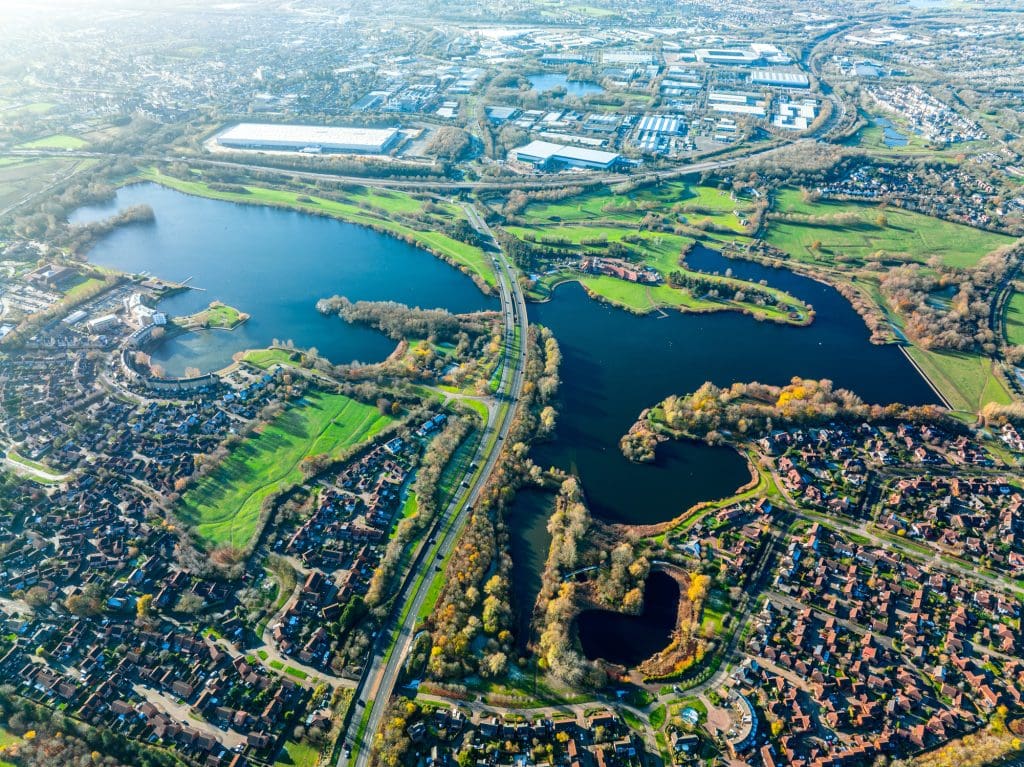
But new towns require significant accompanying infrastructure investment and we already have a vast array of towns and cities that are in urgent need of investment, having fallen behind their European peers in terms of economic output, productivity and wages.
A good case exists, therefore, to prioritise the release of green belt land in those mid-sized cities, with a deliberate focus on significantly increasing their size. Most are immediately surrounded by green fields that have little agriculture or leisure use, and provide natural extensions to the city conurbation. As green belt land is also often cheaper to develop than brownfield sites, such areas could accommodate high proportions of affordable housing
These already boast the type of transport links and community amenities that new towns would dream about. This isn’t to say there’d be no need for new schools, GPs and bus services, but new infrastructure may involve extending tram lines and building a new road rather than new railway stations and motorways.
Upgrades to existing services, sustaining businesses and providing new affordable housing will help increase local support. Employers would welcome additional labour and new firms, many offering high-skilled jobs, could be attracted to join them.
Given that the push to “get Britain building again” is earmarked as a cornerstone in economic growth, this could be exactly the tonic these cities and their populations need.
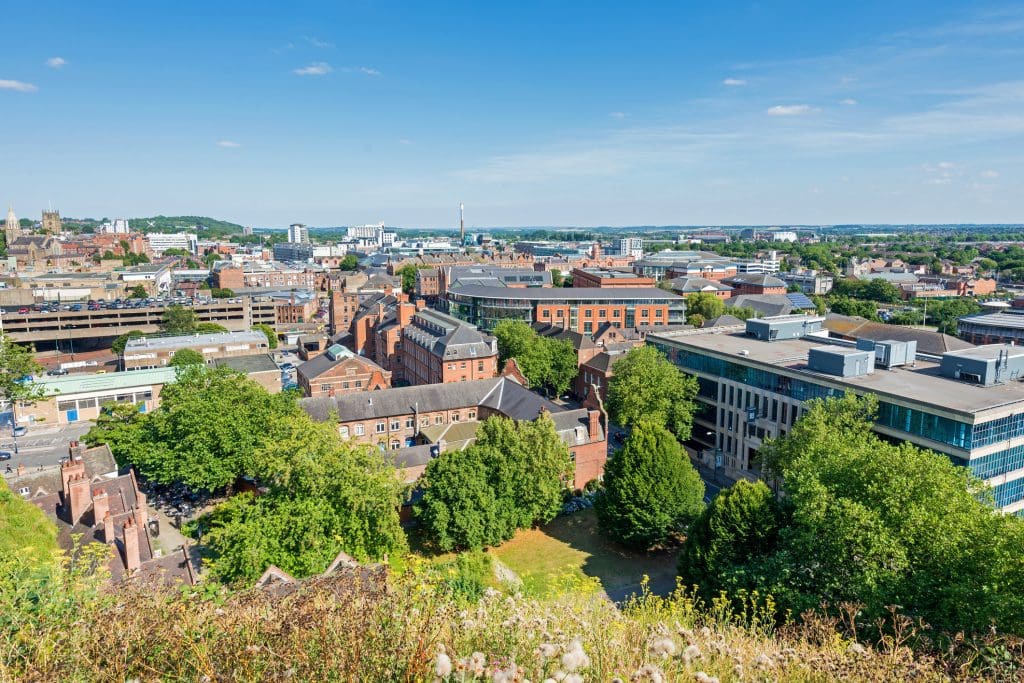
An example of urban growth – and avoiding LA-style pitfalls of endless sprawl
On the outskirts of Nottingham, one of the UK’s 11 core cities, we can see a prime example in the Fairham development.
The 606-acre green belt site on the south-west edge of the city represents a natural extension, running alongside the A453 trunk road connecting the Clifton residential estate and the M1 motorway.
Halfway along this six-mile stretch is Ratcliffe-on-Soar power station, which will be transformed into a net zero technology and energy hub once it ends coal production in September this year.
At the other side of the M1 is East Midlands Airport, which alongside its passenger activity runs the UK’s busiest air freight operation, leading to huge growth in logistics businesses nearby.
Current plans for Fairham will deliver 3,000 homes, along with one million square foot of commercial employment space to accommodate 2,000 jobs, but it’s easy to see further extensions that bring such strategically important economic activity into the city’s orbit.
Fairham also sits next to a tram stop with a park and ride, and there is scope to extend this line as the suburb grows, perhaps even funded by development, helping to plug new residents into the rest of a city with 330,000 people.
Such integration is central to placemaking, which must be front and centre of any new towns or “garden suburbs” model because ignoring it comes at a huge cost.
In Los Angeles, numerous extensions have created an endless urban sprawl with pockets of deep degradation and deprivation.
This may be an exaggerated consequence but it’s an example nonetheless of the pitfalls of unchecked growth, in which swathes of green belt land is released to the detriment of existing areas in need of regeneration.
It will be crucial for a joined-up policy that ensures developers don’t jump at the opportunity to take on greenfield sites that can accommodate thousands of new homes, but neglect old factories and warehouses in the race to get homes built cheaply and quickly.
All this suggests that the vision to get Britain building again must be supplemented by a carefully plotted planning strategy that combines brown, grey and green – otherwise Labour’s housebuilding drive will quickly hit the red light.


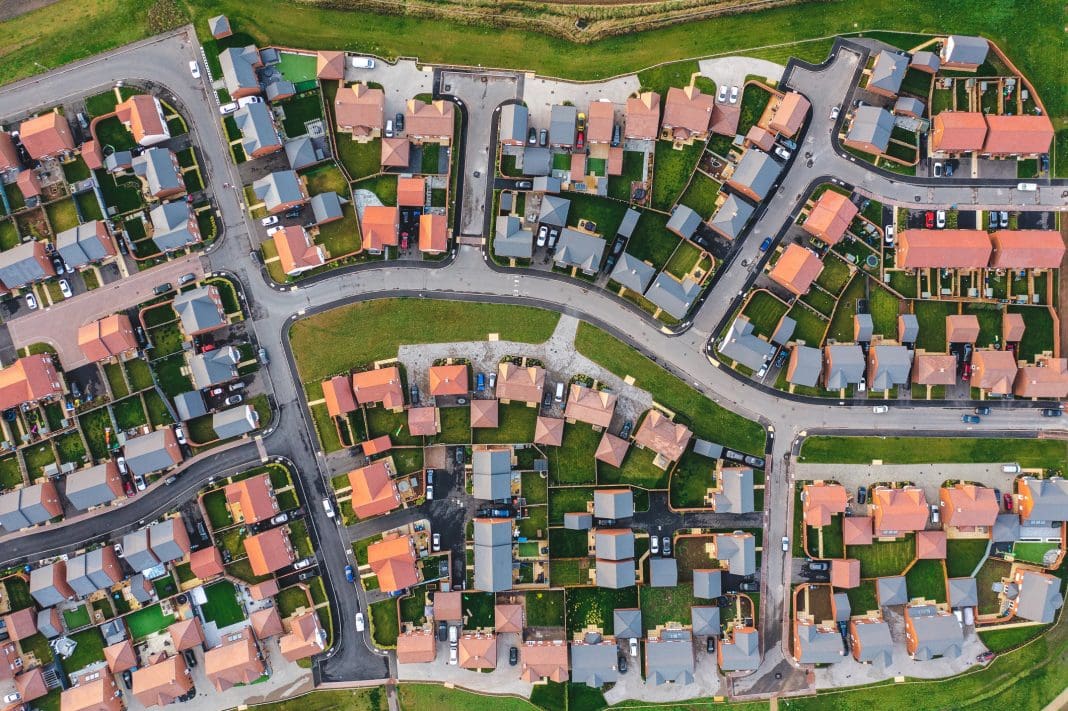
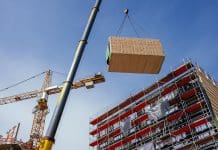
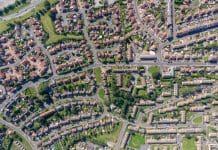
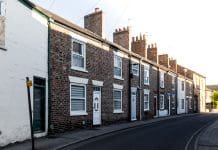
![[VIDEO] Planned £125m Govan Graving Docks revamp revealed View of the docks before the Govan Graving Docks revamp](https://www.pbctoday.co.uk/news/wp-content/uploads/2024/11/Postbanner-218x150.jpg)

